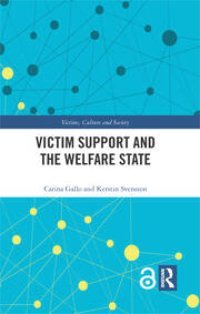By Bennett Clifford and Jon Lewis
On January 6, 2021, a mob composed of activists, unaffiliated sympathizers, and hardened extremists violently entered the United States Capitol, destroying property, assaulting law enforcement, and attempting to disrupt the American electoral process. During the siege, as it has come to be known, several thousand people are believed to have unlawfully breached the Capitol. The violence that day left five dead and more than a hundred injured.1 The Capitol Siege was a watershed moment for domestic violent extremism in the United States. In its immediate aftermath, the Department of Justice and the Federal Bureau of Investigation launched a nationwide investigation into the alleged perpetrators of the violence. It quickly became the largest investigation of its type in the Bureau’s history, heralding investigations in nearly all 50 states and 704 criminal charges to date (as of January 1, 2022). The breadth of the federal 2 investigation has resulted in an unprecedented pace of prosecutorial activity, with nearly two criminal charges released per day on average during the first three months after the Capitol Siege. Today, a year after January 6, 2021, new charges are still being released every week, and the operational tempo for the DOJ and FBI has not significantly slowed. The events of that day also led the U.S. government to redesign its approach to counterterrorism, largely reorienting its focus from international to domestic extremism. At the same time, January 6, 2021, was not only a turning point for counterterrorism authorities, but has numerous ramifications for various American domestic violent extremist groups and their efforts to recruit and plan activities while avoiding law enforcement scrutiny. On the one-year anniversary of January 6, 2021, this report takes stock of the Capitol Siege’s impacts on domestic violent extremism in America, and the U.S. federal government’s efforts to respond to the threat over the past year. This research is based on the Program on Extremism’s Capitol Siege Database, a collection of over 20,000 pages of court documents from cases of individuals who have been federally charged for their participation in the Capitol Siege, as well as Freedom of Information Act (FOIA) requests, interviews with U.S. government officials and defense attorneys, media reports, and other open-source information.
Washington, DC: George Washington University, Program on Extremism, 2022. 48p.





















